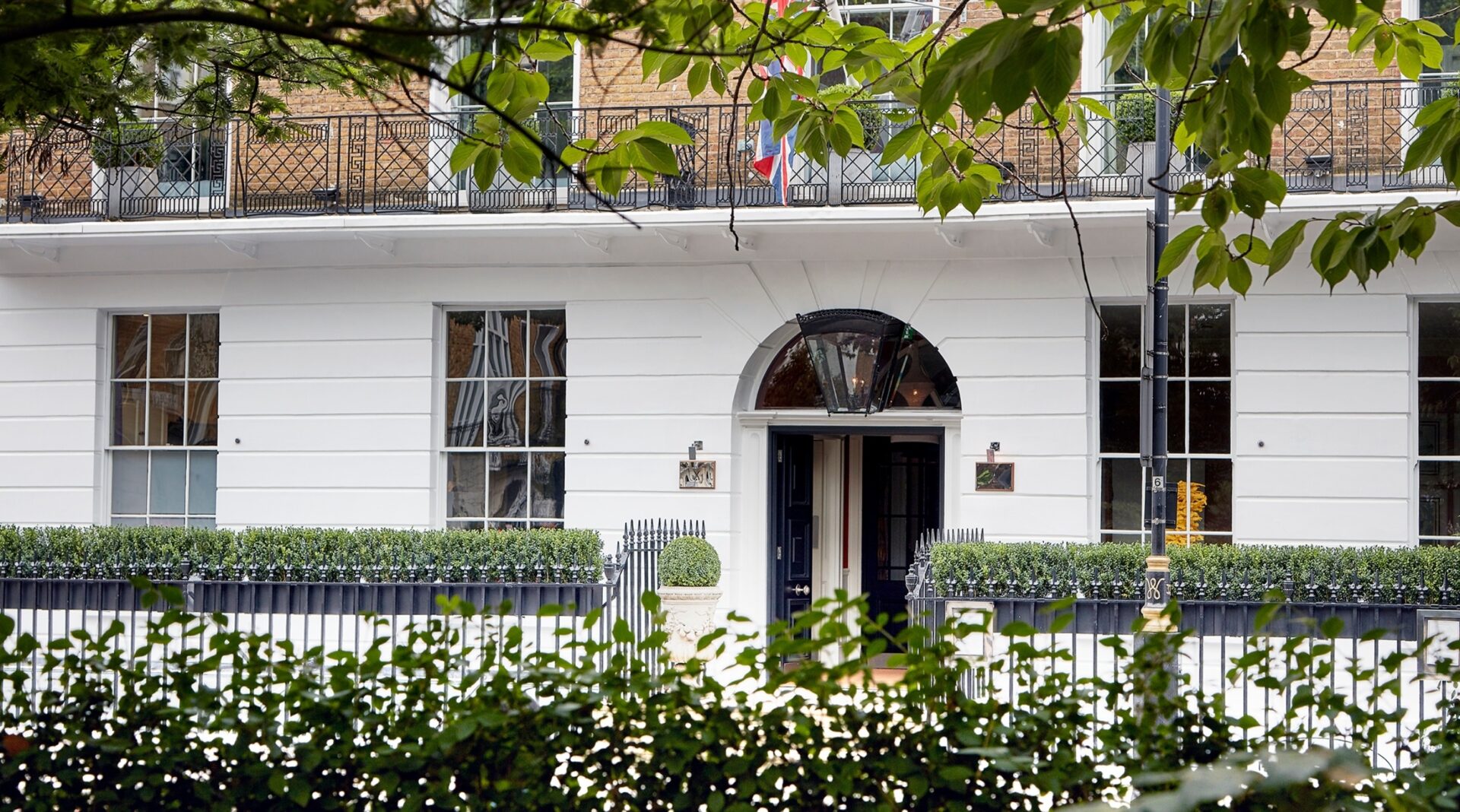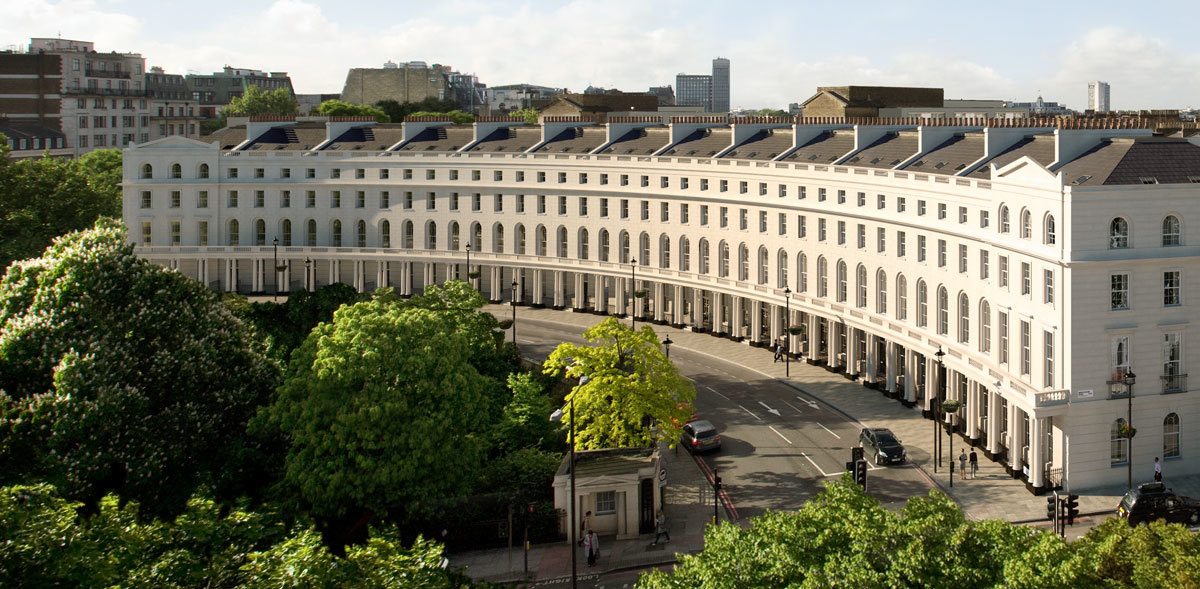It’s that time of year when we start to feel summer sliding into autumn, but the good news is the wonderful Dorset Square Hotel in Marylebone is officially open.
Whilst one of her most enchanting features is that she honours the hotel’s cricketing lineage as the original site of Lord’s Cricket Ground, there’s so much more to Marylebone than meets the eye.
Originally an ancient parish that dates back to the 12th century, the area has been home to some of the world’s most famous names – including the most well-known fictional detectives of them all, Sherlock Holmes, who lived at 221b Baker Street. His creator, Sir Arthur Conan-Doyle, was also a resident of Marylebone on Wimpole Street.
Coincidentally, Beatle Sir Paul McCartney lived on the same street some 70 years later and together with John Lennon wrote “I Want To Hold Your Hand” on a piano in the basement of his flat. The Beatles’ connection continues with the world-renowned Abbey Road Studios further north where the iconic cover for the Beatles Abbey Road album was shot.
The painter JMW Turner, writer Charles Dickens, poet Elizabeth Barrett Browning and musical composer Chopin also all resided in Marylebone at some point during the course of their lives. It seems Marylebone has been a hub for daredevils, artists, writers and poets for hundreds of years!
With notable London landmarks like Regent’s Park, The Sherlock Holmes Museum, The Wallace Collection, John Nash’s Regent’s Crescent as well as the heady shopping worlds of Oxford Street and Marylebone High Street in the mix, one may become overwhelmed by all the rich heritage and history to explore in this corner of London.
London’s Artillery Grounds in St George’s Field, Marylebone was also the point of departure for the triumphant first solo balloon flight over England by one very colourful character, Italian Vincenzo Lunardi.
Drumming up public enthusiasm by naming his attempt the “Grand Atmospherical Excursion”, on the 15th of September 1784 Lunardi took off from St George’s Field with a cat, a small dog and two pigeons. It was a flight packed with scientific adventure, moments of peril and stunning views. As the balloon was taking off, it dipped dangerously close to the surrounding houses so Lunardi had to jettison some sandbags and a steering oar before going on his way. The cat became terribly airsick at one point and Lunardi lowered the balloon when he spotted an acquaintance below to hand over the rather grateful animal. He stayed aloft for just over three hours and became known at the Daredevil Aeronaut.
Luckily we’ve discovered a perfectly manageable way to enjoy it all in the form of a guided walking tour of Old Marylebone which happens every Saturday at 2pm, leaving from Bond Street station. We recommend booking to avoid disappointment! They offer private tours too if you’d like to hone in on the particular slice of history that interests you the most. We think it’s a fabulous way to explore this rich part of the city steeped in history.
If you’re planning to stay with us and really get to know the area, we love room 401 with its vibrant green fabric walls, wonderfully offset by the Pedroso & Osorio landscape fabric on the headboard and the Galbraith and Paul “Ivy Paisley” bed cushions.
Residents of the hotel have private access to Dorset Square itself where they can enjoy a picnic spread prepared by our chefs in the tranquil surrounds, all the while imagining the many cricket games played on that same patch of lawn over 200 years ago.
After working up an appetite on your guided tour or after exploring Marylebone Farmer’s Market which happens every Saturday from 10am – 2pm, why not drop in to The Potting Shed restaurant for a delicious bite to eat and refreshing thirst quencher. The fresh, green walls, clay botanical artwork and natural light echo the feel of the many beautiful open spaces close by.
We hope you’ve enjoyed getting to know this historically rich area and look forward to welcoming you to Dorset Square Hotel to share our own chapter of Marylebone’s history with you.









